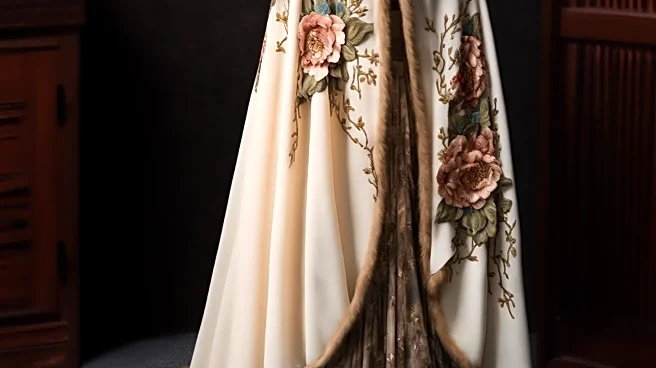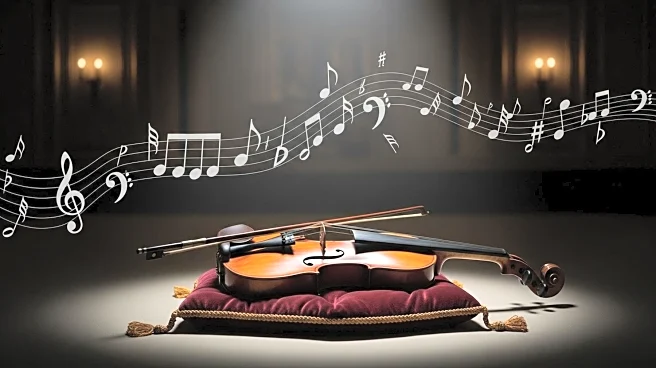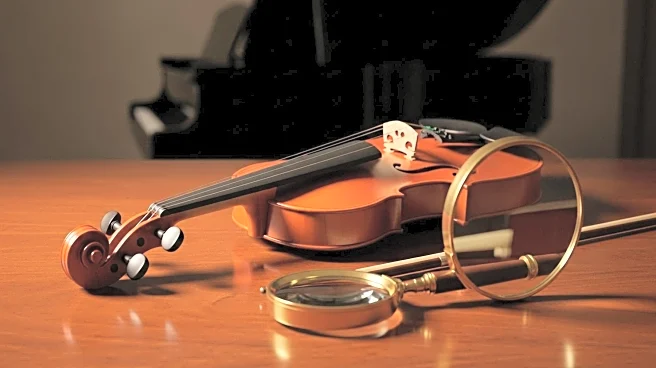What is the story about?
What's Happening?
A shawl believed to have belonged to Victorian heroine Grace Darling is set to be auctioned by Anderson and Garland in Newcastle. Grace Darling gained fame for her courageous rescue of nine survivors from the SS Forfarshire shipwreck off the Northumberland coast in 1838. The shawl, measuring 345cm by 117cm, is embroidered with silk depicting shells and scrolls. It is estimated to be worth between £200 and £500. The auction house director, Fred Wyrley-Birch, described the shawl as a rare opportunity to own a piece linked to one of Britain's beloved heroines. The shawl is accompanied by a letter of provenance, indicating it was once collateral for a book publishing deal that did not materialize.
Why It's Important?
The auction of Grace Darling's shawl highlights the enduring legacy of historical figures and their impact on cultural heritage. Darling's bravery during the rescue operation made her a national icon, celebrated for her selflessness and courage. The auction provides collectors and historians a chance to acquire a tangible piece of history, potentially increasing interest in Victorian-era artifacts. The estimated value reflects both the historical significance and the craftsmanship of the shawl, which may attract bids from collectors and museums interested in preserving British maritime history.
What's Next?
The auction is scheduled for October 23 at Anderson and Garland, where collectors and enthusiasts will have the opportunity to bid on the shawl. The wide estimate suggests potential for competitive bidding, as the shawl's provenance and historical connection could drive interest. The outcome of the auction may influence future valuations of similar historical artifacts, and could lead to increased public interest in Grace Darling's story and other maritime rescues.
Beyond the Headlines
The auction of Grace Darling's shawl raises questions about the preservation and valuation of historical artifacts. It underscores the importance of provenance in establishing authenticity and historical context. The event may also spark discussions on the ethical considerations of selling items linked to national heroes, and how such sales contribute to the cultural economy. Additionally, it highlights the role of auction houses in curating and promoting historical narratives through tangible objects.
AI Generated Content
Do you find this article useful?














